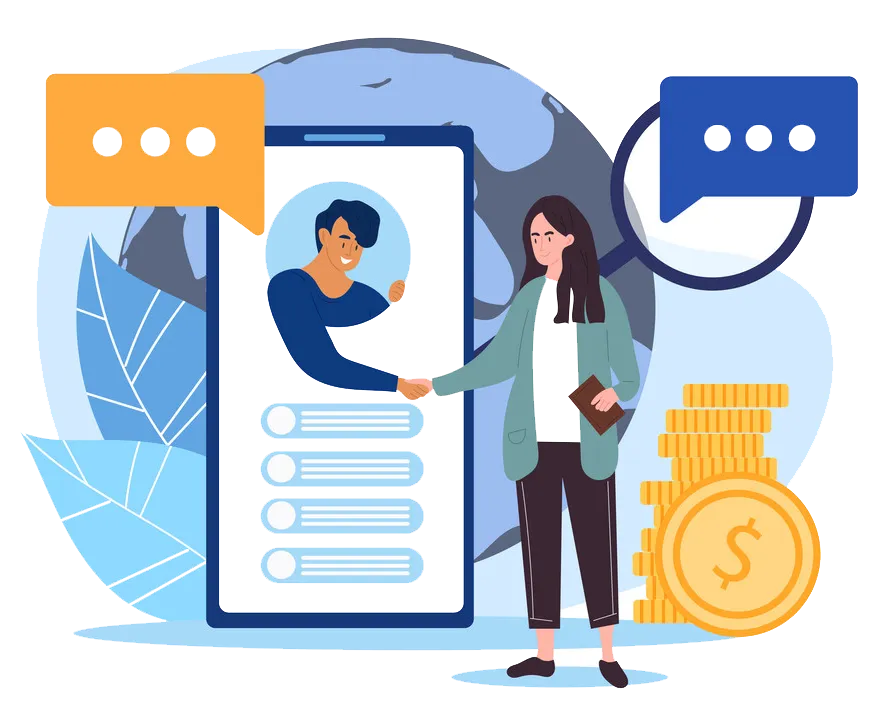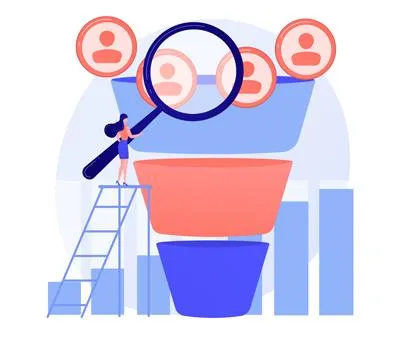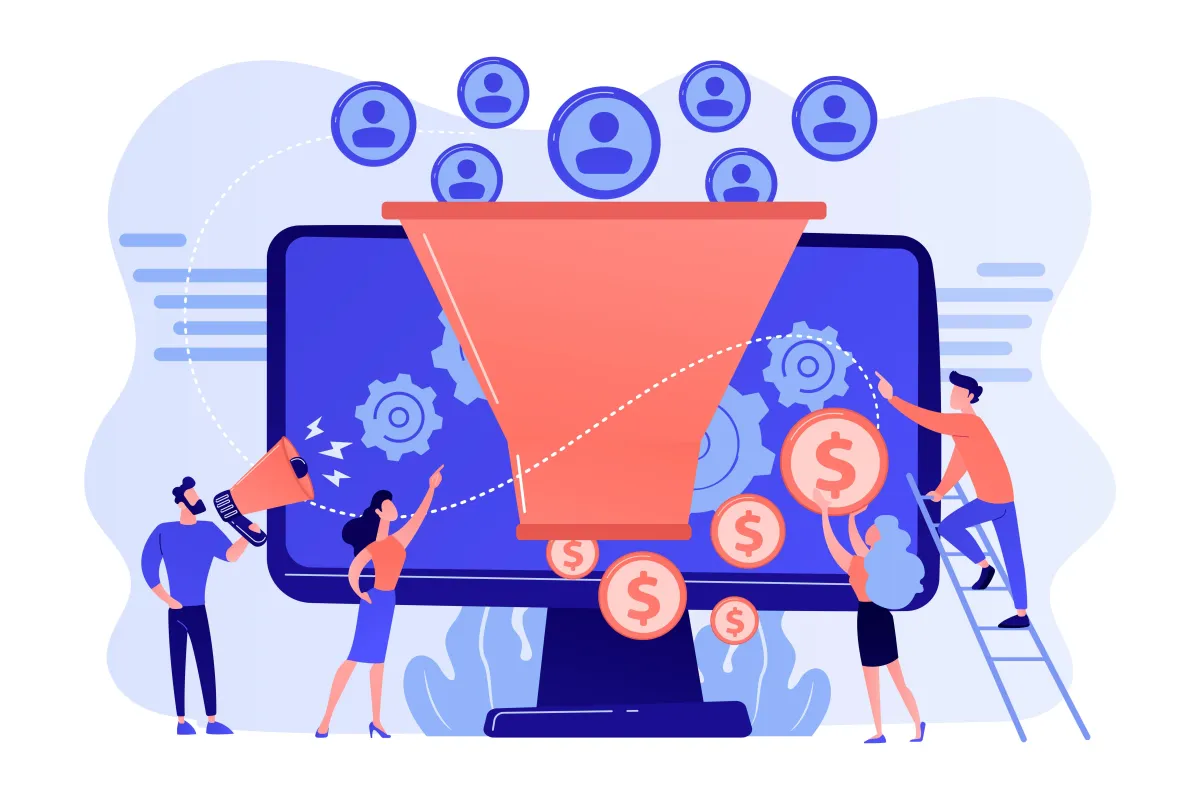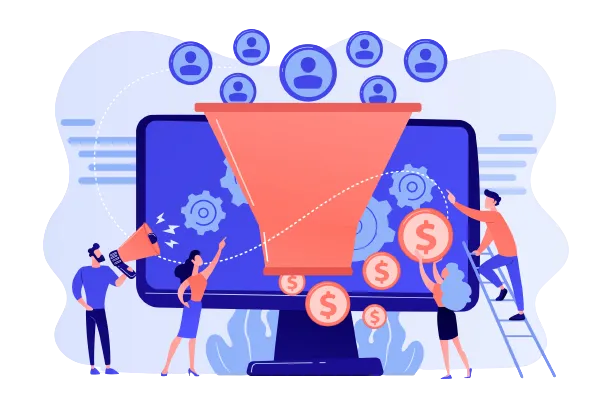70% Of Millinnials Believe They Cannot Afford A Home
You can look at this fact as a bleak forecast for the future of real estate, or the single biggest opportunity of your career. Engage + gives you the tools to turn Millennials into your strongest lead base.

CAPTURE THIS MARKET
Use the Engage + survey to find out exactly where your prospects are in the home buying process. The ingenious survey takes prospects 5 minutes and sends you all the information you need: timing, credit score, down payment, debt to income ratio, and new home preferences.

BUILD A PLAN
Connect with the prospects and walk them through the steps they need to take to be ready to buy a home. Close the deal and then have customers for life (and tons of referrals to their envious friends who want to find out exactly how they did it!)

GROW YOUR BUSINESS
By expanding into a new market, you will be building incremental sales and referrals that simply do not exist in your business today. Engage + gives you a tool that works with the preferences of the digital native millennials, and delivers new business right to your inbox

Don't Let Today's Market Stop You From Discovering The Potential Of Tomorrow's Market
Everyone knows that the secret to success in the future is building a solid pipeline of prospects. But how do you do that if the future homeowners don’t even think owning a home is possible for them?
You uncover those prospects
Where they are now
Use technology they trust
Create a plan for home ownership

Stop Wasting Your Time
Engage + knows how busy you are and designed our technology to show you exactly where the prospects are on the home buying journey and how you can help them.
Do You Want More Customers?
Reach a market that doesn’t even know they CAN own a home- before anyone else can. Discover your very own untapped market.



Do You Want To Keep Your Clients Longer?
Engage + allows you to create (and build intense loyalty in) your own pipeline of sales. One of the strongest ethos of millennials is LOYALTY.
Do You Want To Scale Your Business?
Stop fighting for the same sales as every other agent. Use Engage + to create your own market and watch your business soar!
INTRODUCTORY PRICING ENDS SOON
Act Now 💥🤩
Lock in the Introductory Rate
Help Shape the Future of Prospecting
Gain Unfair Advantage on the Competition
No obligations, no contracts, cancel at any time.
Compare Features What makes us different
The Old Way
-
Wait for customers to come to you.
-
Use a one-size-fits-all way to find prospects.
-
Only pursue leads that are ready, willing, and able to close now.
-
Use technology better suited for baby boomers- it worked once, right?
-
Follow the crowd when prospecting.
-
Let bad news about the market affect your business.
The New Way
-
Use the natural patterns and habits of millennials to reach them.
-
Be on the leading edge of creating new markets.
-
Invest time and money in creating a loyal and untapped market that will transform the future of your business.
-
Reach a market that believes that they cannot afford a home first and show them the path to home ownership- building loyalty and referrals.
-
Harness the power of technology to impact digital natives.
-
Remove barriers to entry for home ownership.
-
Drive the future of real estate.
Indroductory Price $697 $397
SAVE 40% FOR LIFE
|
Starter
$299/mo
setup Free value of 499
|
|
|---|---|
| Manage All Contact Communication from One location including: | |
Must have a Business Facebook Page
|
|
Must have a Google Business Page
|
|
| Lead Generation funnels and roadmaps | |
| IDX Based Wordpress Website | |
| GMB Creation/Optimization | |
| Social Media Planner Facebook/GMB | |
| Onboarding + 1-hour training sessions |
2 training sessions
|
| Support Check-ins
You are not alone - We will succeed together!
|
Once a month
|
| Get started | |
|
Popular
|
|
|---|---|
|
Essential
$599/mo
setup Free value of 799
|
|
| Manage All Contact Communication from One location including: | |
Must have a Business Facebook Page
|
|
Must have a Google Business Page
|
|
| Lead Generation funnels and roadmaps | |
| IDX Based Wordpress Website | |
| GMB Creation/Optimization | |
| Social Media Planner Facebook/GMB | |
| Onboarding + 1-hour training sessions |
3 training sessions
|
| Support Check-ins
You are not alone - We will succeed together!
|
Twice a month
|
| Get started | |
|
Professional
$799/mo
setup Free value of 799
|
|
|---|---|
| Manage All Contact Communication from One location including: | |
Must have a Business Facebook Page
|
|
Must have a Google Business Page
|
|
| Lead Generation funnels and roadmaps | |
| IDX Based Wordpress Website | |
| GMB Creation/Optimization | |
| Social Media Planner Facebook/GMB | |
| Onboarding + 1-hour training sessions |
4 training sessions
|
| Support Check-ins
You are not alone - We will succeed together!
|
Once a week
|
| Get started | |
Give us 30 minutes to show you how you can Capture and Convert more leads
Frequenly Asked Questions

Am I tied to a contract?
No, pay the monthly subscription as long as you want to use the technology to build your leads and pipeline.
When will the introductory price go up?
If you lock in today, your monthly price will never go up. Act today!
Can this technology only be used to prospect millennials?
No, this technology can be used to reach and qualify anyone.
What if I am not sure how a prospect can fix their credit or down payment problems?
We encourage you to partner with a trusted lender who can help your prospects with the steps they need to accomplish to qualify for financing.
Why is the technology designed to reach millennials?
Millennials are digital natives and feel more comfortable using an online survey than face to face communication for sensitive topics like financing. 70% already believe that they cannot afford to own a home. The digital survey is non-threatening and appeals to their established patterns and usage.
Do I need to be a tech wizard to use Engage +?
No. Our interface is easy and intuitive for you to use.
Can I suggest changes to Engage + that will help me build my business?
Yes. Another benefit of enrolling now is that you will be a beta tester who can make suggestions for customizations that will help you build your business.
© Copyright . All Rights Reserved


